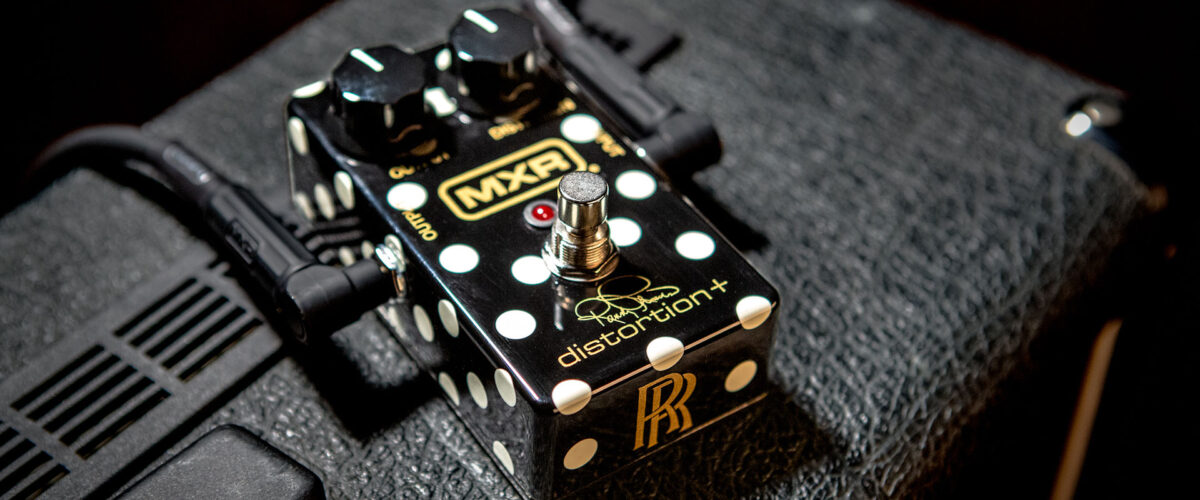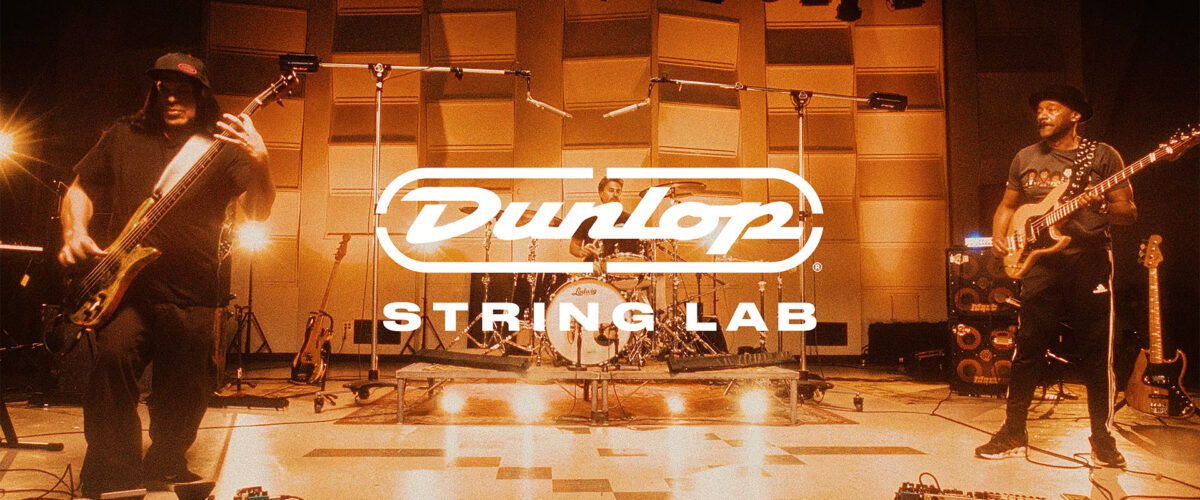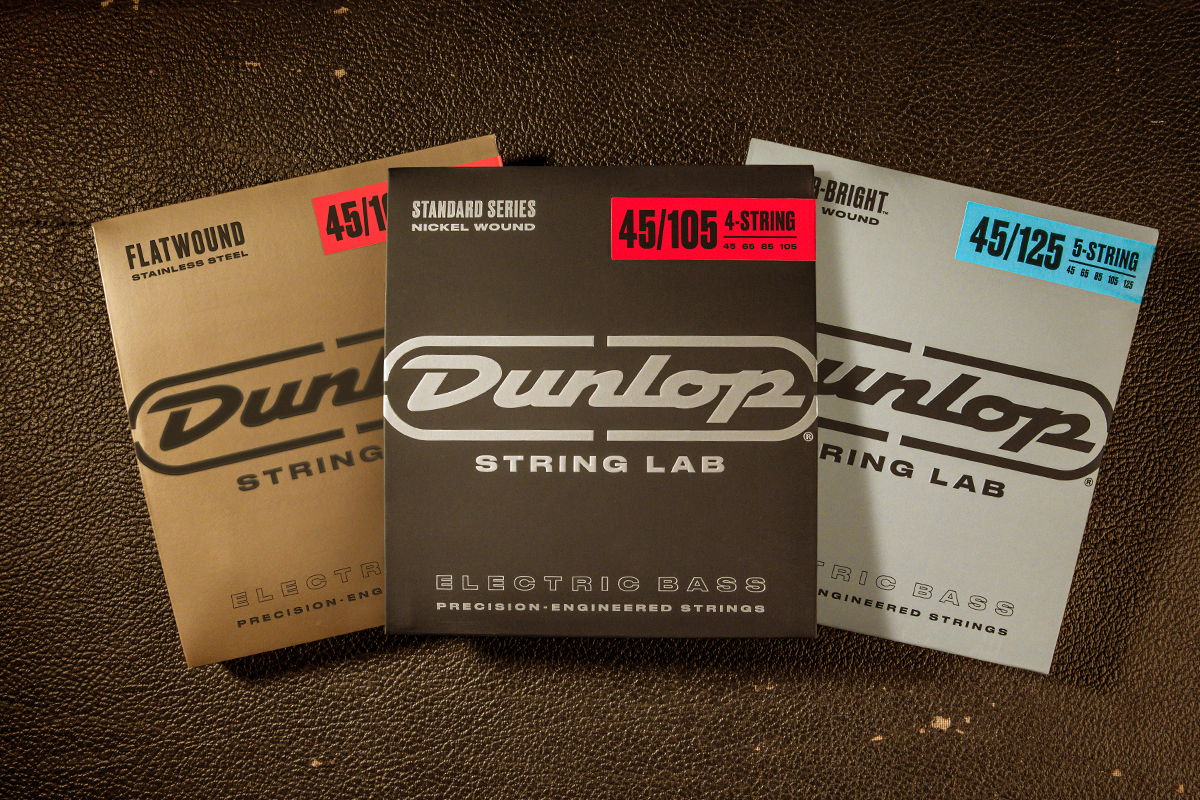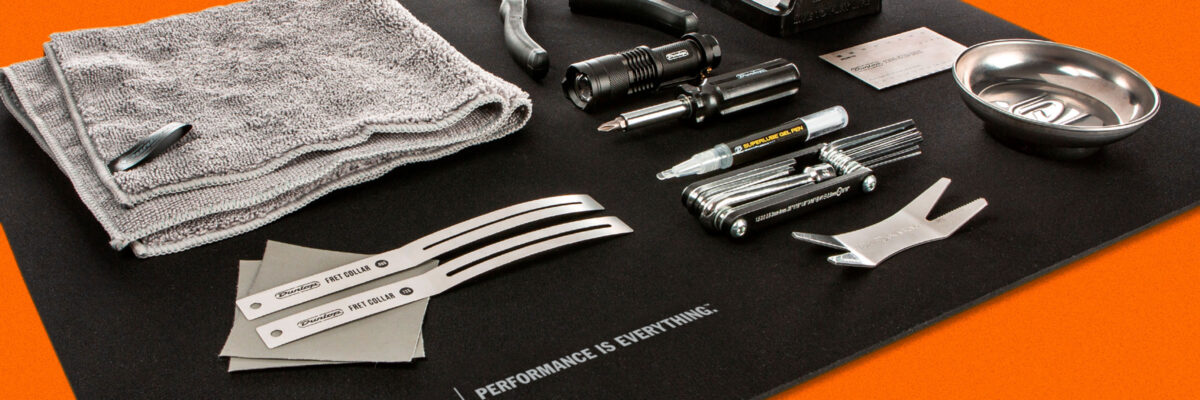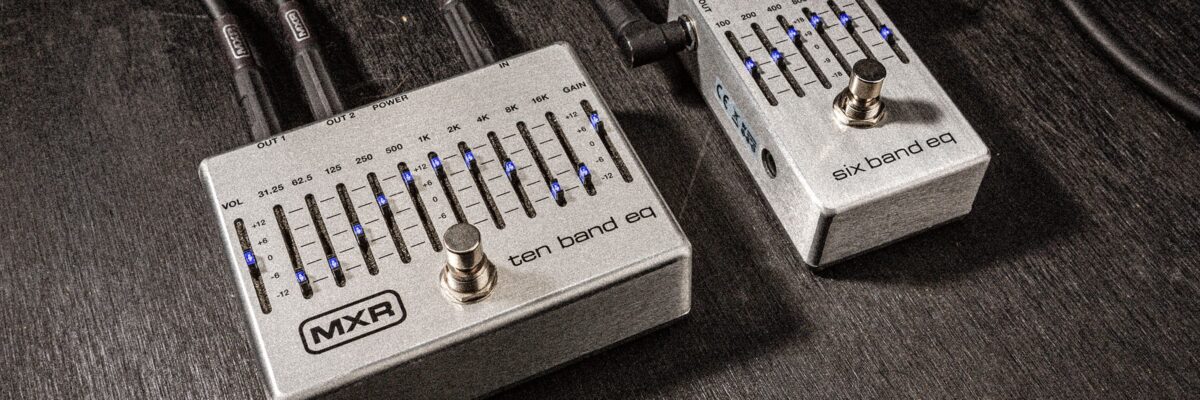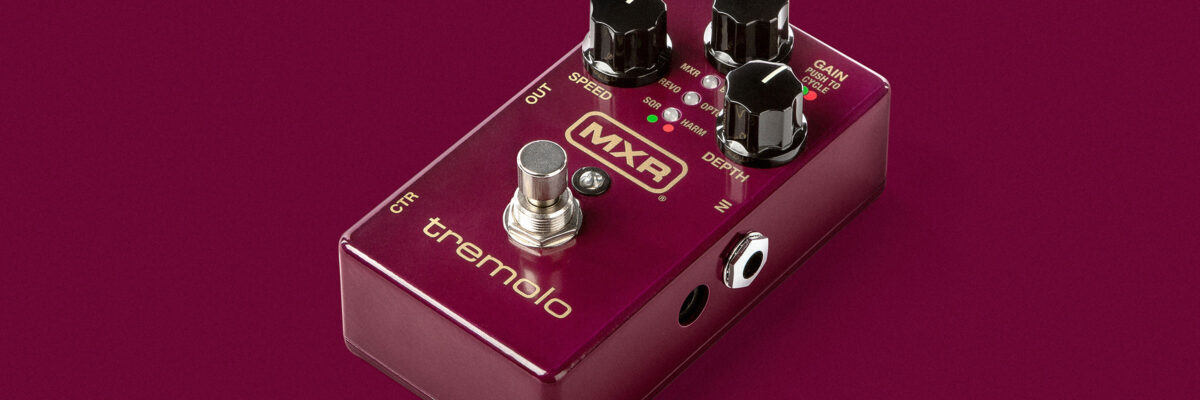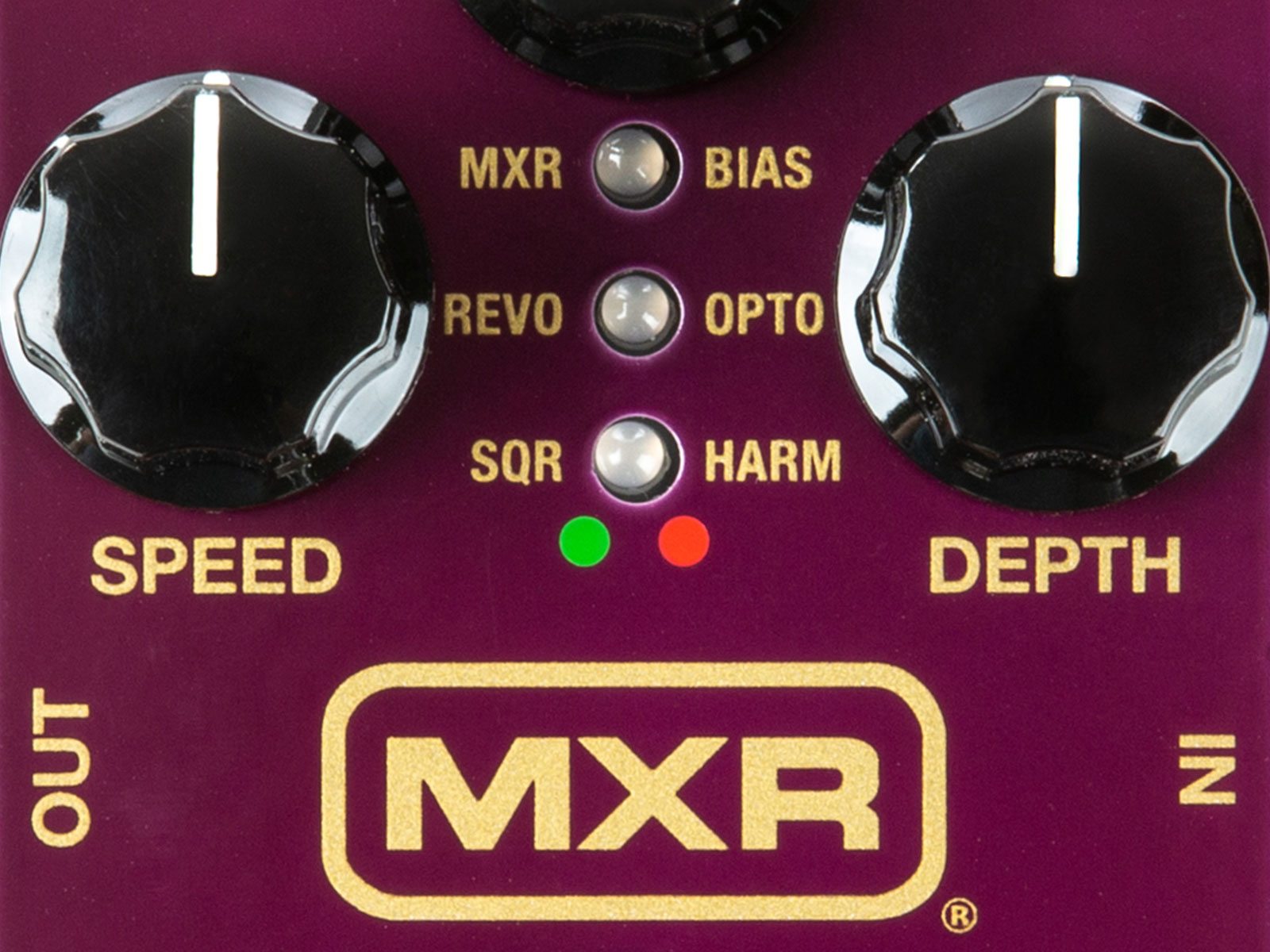In just a few short years, Randy Rhoads revolutionized the art of the rock ‘n’ roll guitar player, merging fluid, classically inspired legato passages and melodies with searing, violin-like leads and super-saturated riffs.
One of the most crucial components of this riveting sound was the MXR Distortion+—Randy harnessed its raw energy to slam his high-gain amplifier with a torrent of harmonics to create the sonic signature that would etch an indelible mark on music history.

We celebrate his monumental legacy with this recreation of his own MXR Distortion+. For the first time in 42 years, the Rhoads family unveiled Randy’s pedalboard for the MXR design team at the family’s music school in Los Angeles—the Musonia School of Music. There, history was made as the MXR design team carefully opened the pedalboard, closely inspecting and documenting all they could from this rock ’n’ roll artifact. The engineers painstakingly spec’d Randy’s vintage Distortion+, with the direct involvement of sister Kathy Rhoads, and created this signature model to produce the same overdriven tube-like tones heard on Randy’s most beloved hits. And, of course, it’s only fitting that it comes with a custom finish inspired by Randy’s legendary Flying V guitar.
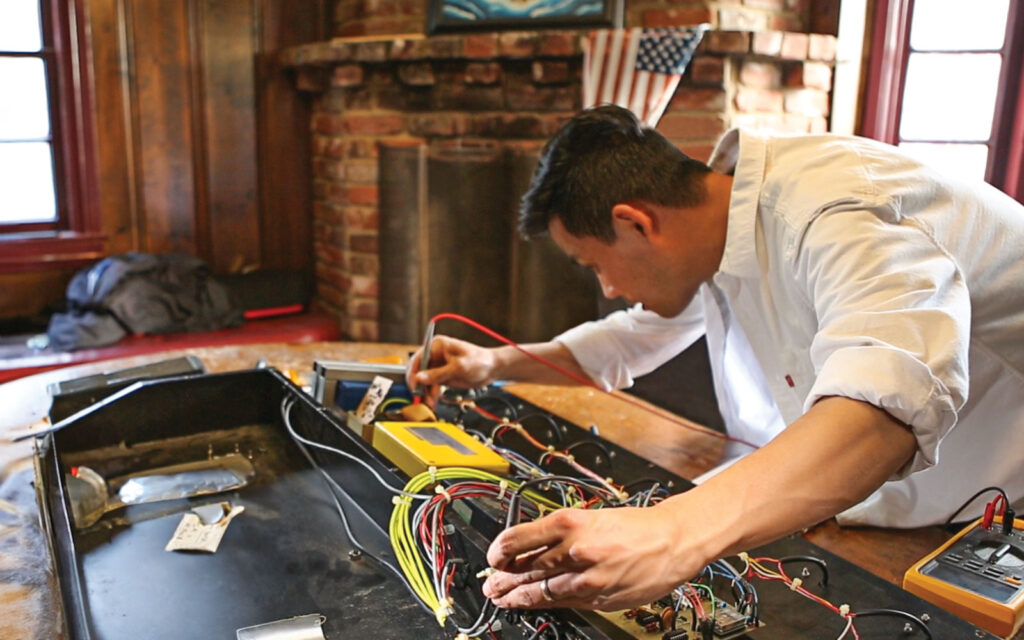
“We are very proud of and honored by this special signature pedal. It is a true tribute to Randy’s musical legacy.” —The Rhoads Family
Kirk Hammett, Zakk Wylde, and Phil Demmel joined our celebration of Randy’s legacy, with each reflecting on their discovery of his work and how it affected them as guitar players at the start of their journeys. Check it out below.



